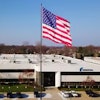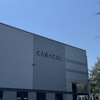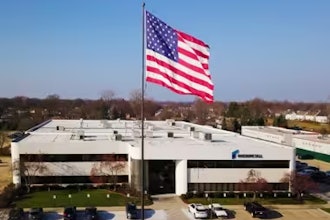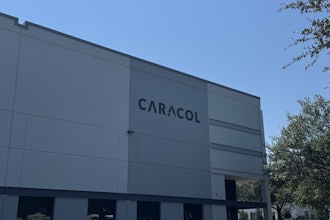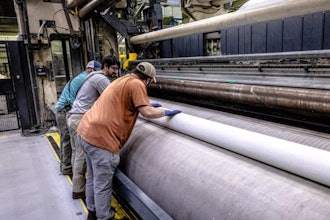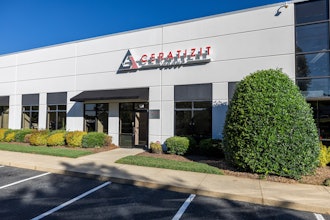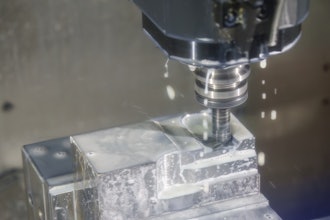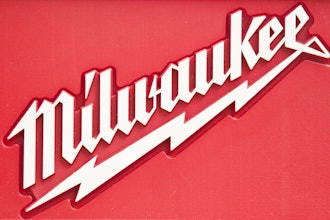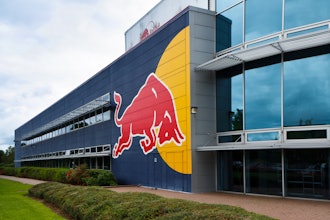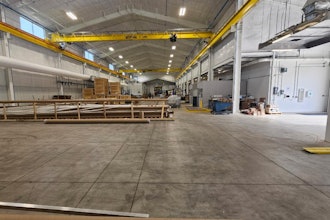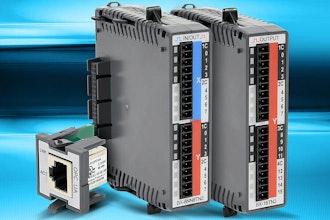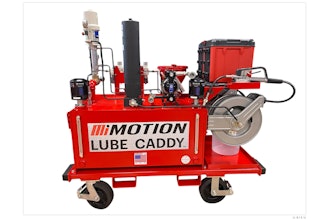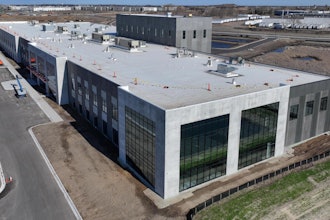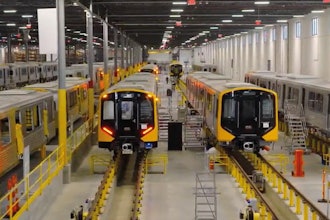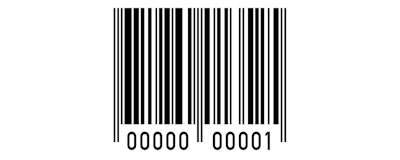
 Tom Setzer
Tom SetzerFrom the rising on-demand economy to one-click simplicity available in today’s online shopping, consumers expect instantaneous results and gratification. These same expectations translate to today’s traditional purchases, and there’s more pressure than ever for a transparent and dynamic supply chain.
Many business leaders struggle to keep up with rising demands while maintaining a high level of transparency in supply chain operations. On average, retailers rate visibility in their supply chain a 6.2 out of 10, according to one study.
But moderate transparency isn’t acceptable for top-notch supply chain processes, and it creates major disconnect with customers due to rising consumer demands. More than half of retailers, logistics and manufacturing organizations expect to monitor more than 10,000 shipments a year, including real-time insights into shipment speed, security and location.
Advancements in barcode scanning are creating a new level of efficiency in the supply chain. High tech barcode scanning solutions ensure products get into the right customers’ hands quicker than ever, changing operations and functions in warehouses and distribution centers.
There are three ways barcode scanning helps organizations improve supply chain operations to meet consumer demands:
No. 1 - Increased Accuracy
A product’s packaging and barcodes are vulnerable to damage during its entire journey through the supply chain, whether handled by humans or machines. Redundant information and error corrections are typically included in both 1D and 2D barcodes to ensure readability, despite any damage that could occur to the label. Some of today’s barcode scanning software includes algorithms that offset misprinted barcodes, such as blank lines from broken printer pins.
No. 2 - Heightened Transparency
Transparency is much more than just a corporate objective – it is an essential component to a sufficient supply chain and a must for regulatory compliance, especially in a few specific industries like food and beverage. The FDA Food Safety Modernization Act emphasizes the need for product traceability from origin to distribution at supermarkets, restaurants and other consumer establishments. The global authority that sets international barcode standards, GS1, has responded to these shifting needs through more robust barcodes specifications, simplifying the process of tracking specific product lots. Increased visibility and more details around the product lifecycle offers organizations more opportunity to respond to recalls and other safety issues with immediacy and accuracy.
No. 3 - Better Tracking and Inventory Control
Through barcode scanning, each step of distributers’ and manufacturers’ fulfillment process is expedited. For example, a single barcode contains an abundance of data essential to the supply chain process, including how the box should be packaged, which floor of a warehouse the box should be routed and what should be included on the shipping label. Even all the way to the end of the distribution process, last-mile delivery workers can scan barcodes on shipping labels to get a detailed depiction of where inventory is going at any point in time.
High tech barcode scanning is an agile tool to help distribution and manufacturing organizations come out ahead of competitors and keep customers happy. However, the technology behind barcodes hasn’t peaked yet. Through rising innovation and opportunities in wearable and augmented reality, barcode technology will continue to transform and offer new benefits to businesses and their customers. Business should keep on top of the newest technologies to manage warehouses’ productivity levels, and barcode tech presents a solid opportunity.
Tom Setzer is a software product director at Accusoft.


